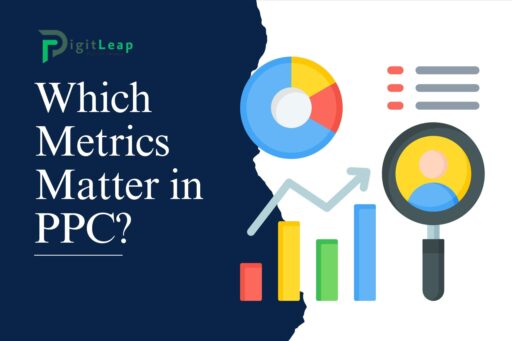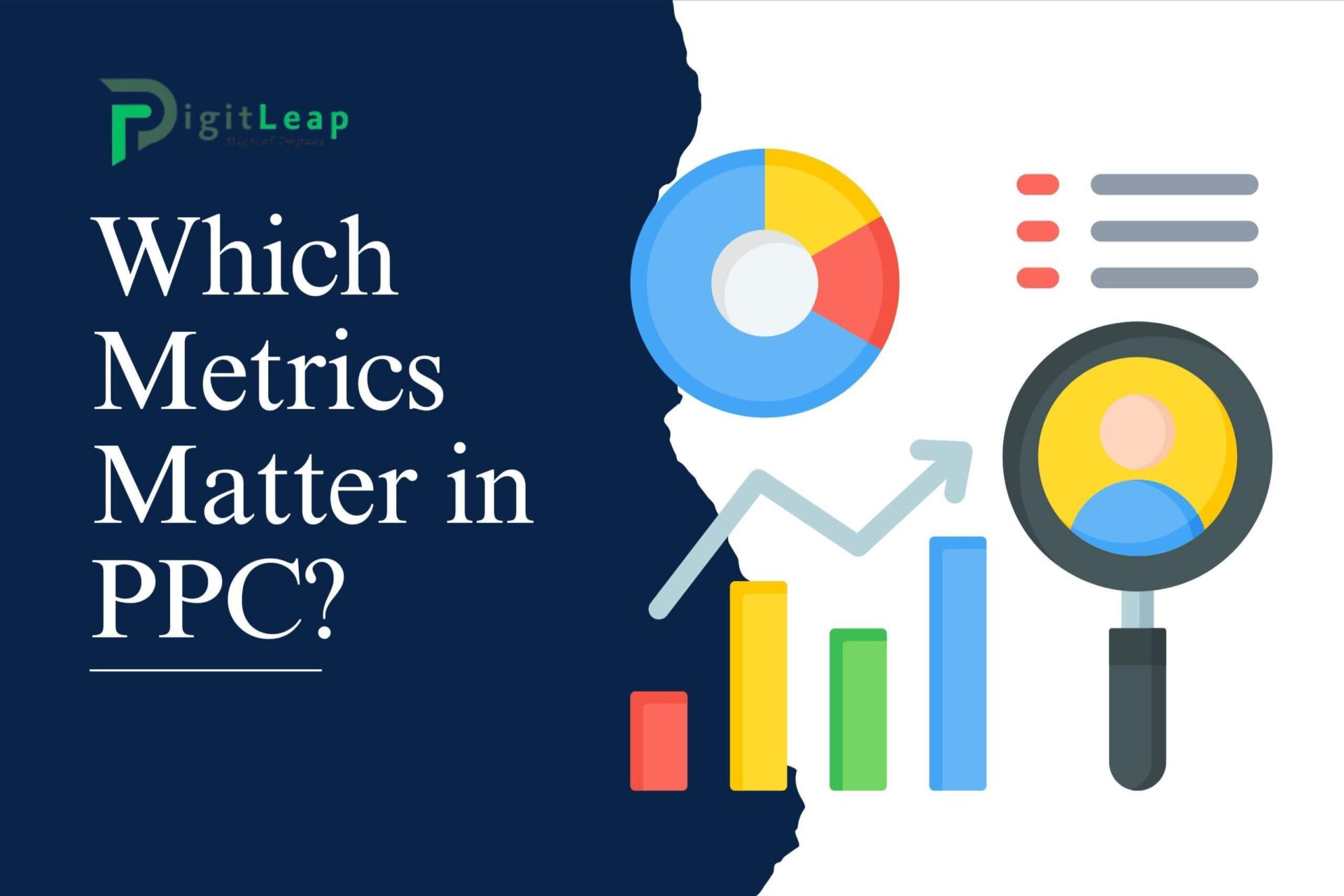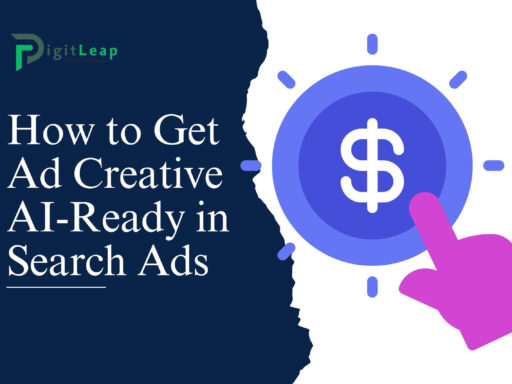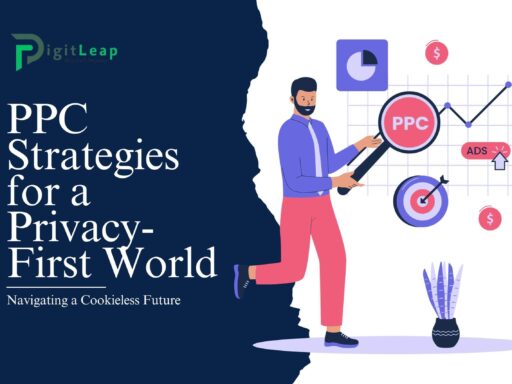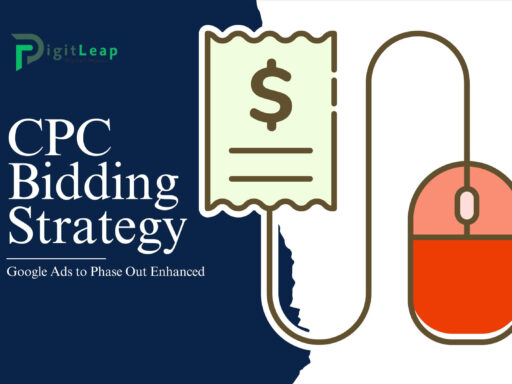Which Metrics Matter in PPC?
Running successful Pay-Per-Click (PPC) campaigns requires more than just setting up ads and targeting the right audience. To truly understand your performance and optimize your campaigns, you need to track the right metrics. However, with so many available, it can be overwhelming to decide which ones matter most. By focusing on key PPC metrics, you can better analyze your ad performance, make data-driven decisions, and ultimately, boost your ROI.
So, which metrics should you prioritize? Let’s explore the most critical PPC metrics and why they matter.
1. Click-Through Rate (CTR)
Click-Through Rate (CTR) is one of the most fundamental PPC metrics. It shows the percentage of people who clicked on your ad after seeing it. A high CTR indicates that your ad copy and creative are resonating with your audience and encouraging them to take action.
CTR is calculated as:
CTR = (Total Clicks / Total Impressions) x 100
Why is CTR important? It not only measures how engaging your ads are but also affects your Quality Score in platforms like Google Ads. Higher CTR can lead to better ad positions and lower costs per click.
2. Quality Score
Your Quality Score is a crucial metric in Google Ads that determines how your ad ranks and how much you pay per click. It’s calculated based on factors like CTR, ad relevance, and landing page experience. A higher Quality Score can lower your Cost Per Click (CPC) and improve your Ad Rank.
To improve Quality Score:
- Ensure your ads are relevant to the keywords you’re targeting.
- Align your landing page content with your ad copy.
- Optimize for a good user experience, including fast page load times.
3. Cost Per Click (CPC)
Cost Per Click (CPC) measures how much you’re paying each time someone clicks on your ad. Understanding CPC is essential because it directly impacts your budget and ROI. A lower CPC means you can get more clicks for the same budget, maximizing your reach.
However, don’t focus solely on reducing CPC. Sometimes, a higher CPC is justified if the traffic is more likely to convert. Always consider CPC alongside other metrics like Conversion Rate and Cost Per Conversion to see the bigger picture.
4. Conversion Rate
Conversion Rate tells you what percentage of people who clicked on your ad actually took the desired action—whether it’s making a purchase, signing up for a newsletter, or filling out a form.
It’s calculated as:
Conversion Rate = (Total Conversions / Total Clicks) x 100
A high Conversion Rate means your landing page is effectively turning visitors into customers. If your CTR is high but your Conversion Rate is low, it might indicate an issue with your landing page or that your ad targeting needs refinement.
5. Cost Per Conversion (CPA)
Cost Per Conversion (also known as Cost Per Acquisition (CPA)) is the amount you’re spending to acquire a single conversion. This metric is crucial for determining whether your PPC campaign is profitable. A low CPA indicates that your ads are effectively turning clicks into valuable actions.
To lower CPA:
- Focus on improving your Quality Score.
- Refine your targeting to reach a more relevant audience.
- Test different ad variations to see which converts best.
6. Return on Ad Spend (ROAS)
Return on Ad Spend (ROAS) measures the revenue generated for every dollar spent on your campaign. This is a critical metric for ecommerce businesses and any campaign focused on generating sales.
ROAS is calculated as:
ROAS = Revenue from Ads / Cost of Ads
A ROAS greater than 1 indicates a positive return, while anything less means you’re spending more on ads than you’re earning back. Aim to continually optimize your campaigns to maximize your ROAS.
7. Impression Share
Impression Share is the percentage of times your ad was shown out of the total opportunities it could have appeared for a given keyword or placement. It helps you understand how competitive your ads are in the auction.
If your Impression Share is low, it could be due to a limited budget or low Ad Rank. Increasing your Quality Score or raising your bids can help improve this metric.
8. Bounce Rate
Bounce Rate measures the percentage of visitors who leave your landing page without taking any action. A high Bounce Rate usually indicates that your landing page isn’t relevant to the ad, or the user experience is poor.
If your Bounce Rate is high, consider:
- Improving the relevance of your landing page to match the ad copy.
- Ensuring that your page loads quickly and is mobile-friendly.
- Simplifying your call-to-action to guide users to the next step.
9. Average Position
Average Position indicates where your ad appears on the search results page. While higher positions generally lead to more clicks, don’t get obsessed with being in the top spot. Sometimes, ads in position 2 or 3 can have a better ROI, as they often have a lower CPC but still receive plenty of clicks.
Use Average Position as a guide, but focus on optimizing for CTR, Conversion Rate, and ROAS to determine the best position for your ads.
10. Lifetime Value (LTV)**
Lifetime Value (LTV) is a long-term metric that measures the total revenue a customer is expected to generate over their lifetime with your business. Knowing your LTV helps you make informed decisions about how much you’re willing to spend on acquiring new customers through PPC.
For example, if you know a customer’s LTV is $500, you might be willing to accept a higher CPA, because the long-term return is worth the initial investment.
Conclusion
In PPC, tracking the right metrics is the key to optimizing your campaigns and making data-driven decisions. By focusing on metrics like CTR, Conversion Rate, CPA, and ROAS, you’ll gain valuable insights into how your ads are performing and where to make improvements.
At DigitLeap, we understand the complexities of PPC and are here to help you identify the metrics that matter most for your business. Let DigitLeap guide you in creating data-driven strategies that maximize your PPC success and drive meaningful results!

